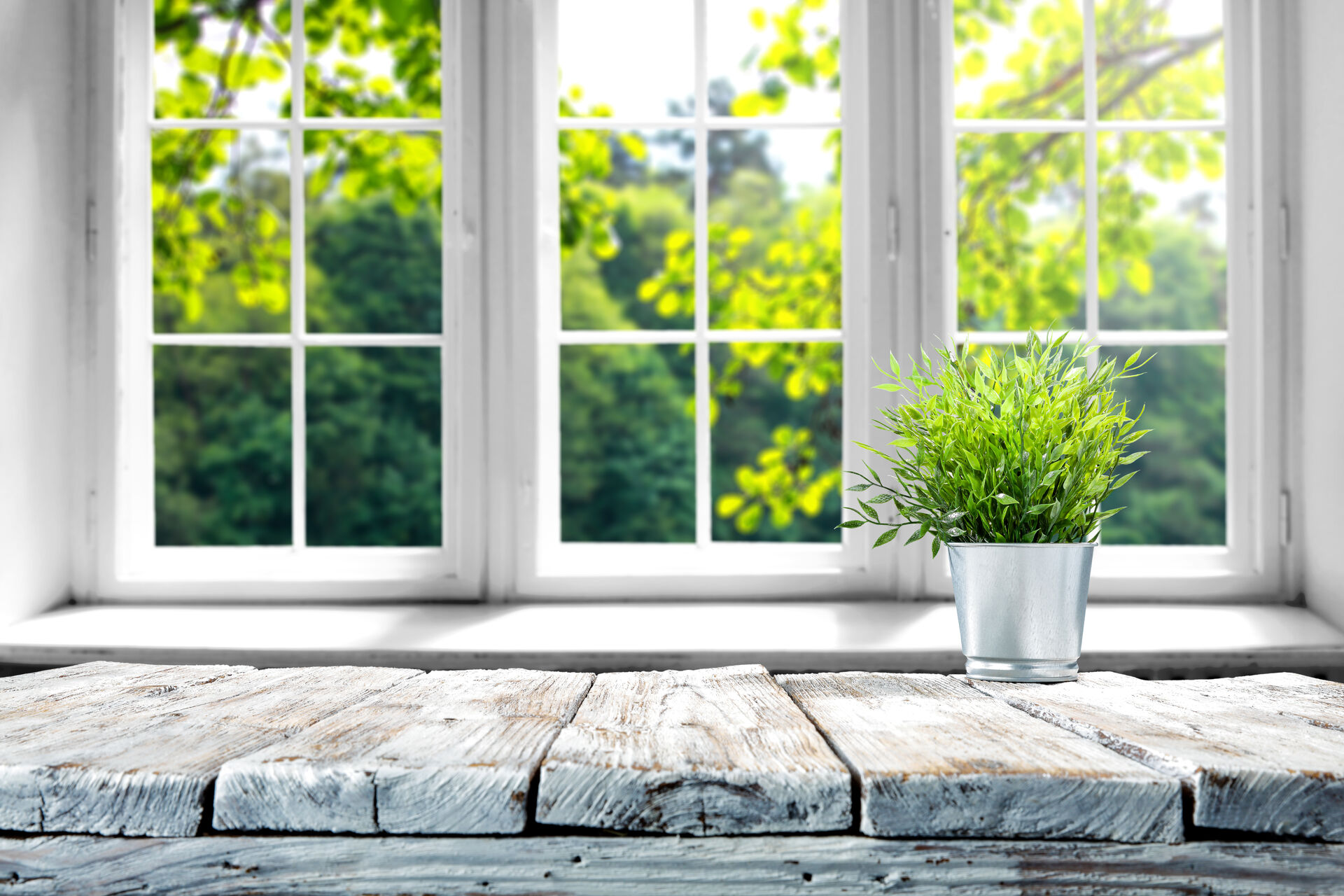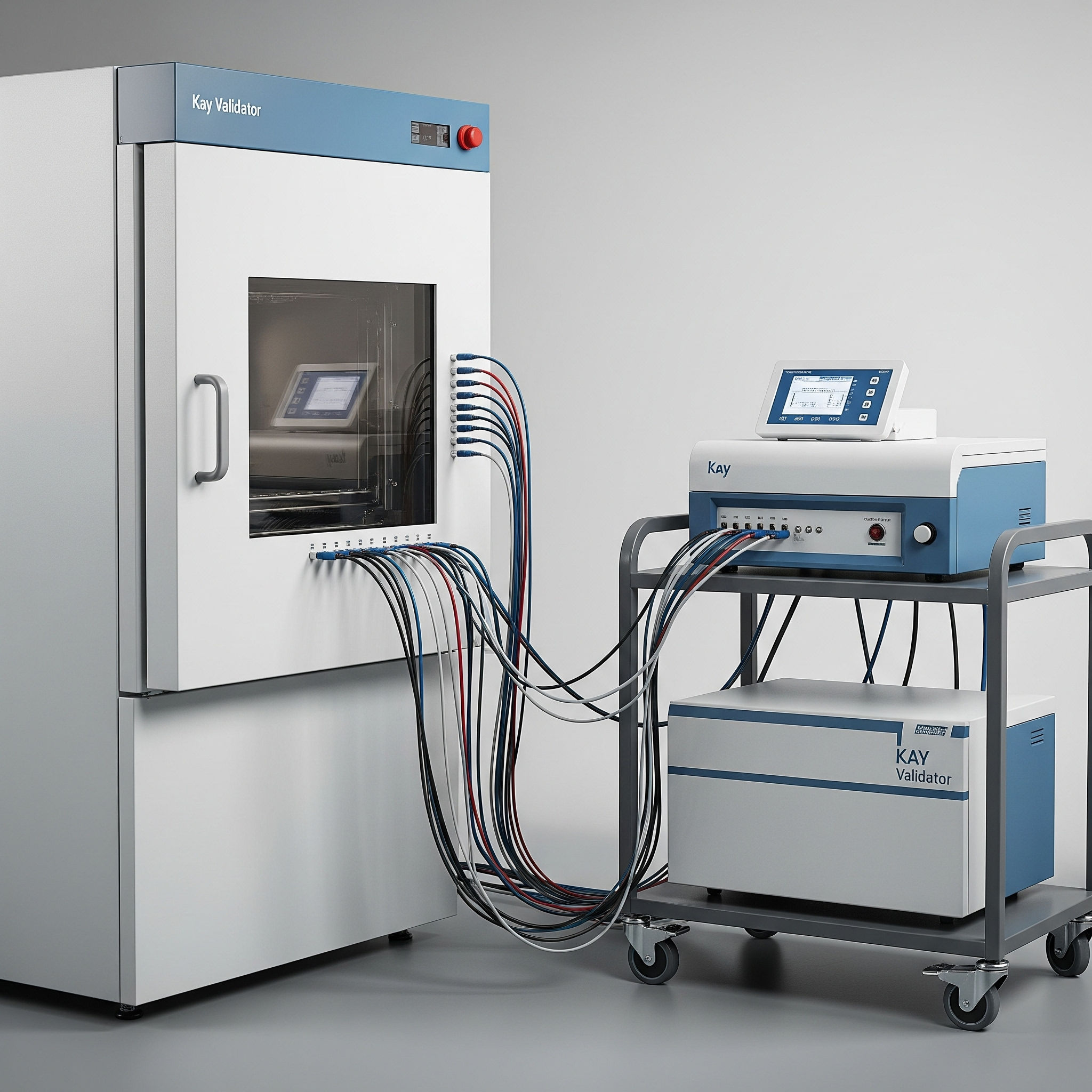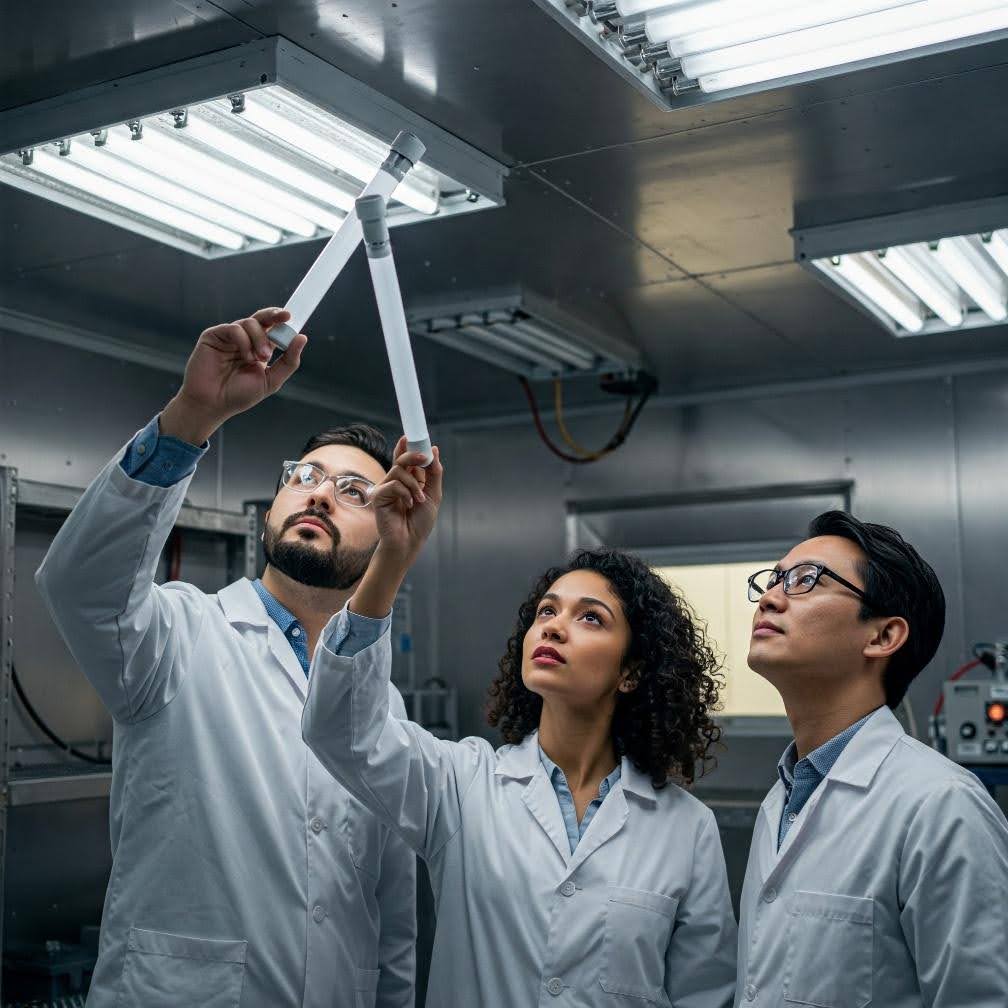What did the pharmaceutical world do for photostability before ICH Q1B came along in 1996? Undoubtedly, to mimic real world light exposure situations our scientists used dependable scientific method and justified their protocols sensibly. Research papers and industry publications were available, such as Leon Lachman’s 1959 paper that described exaggerated light sources used to mimic ordinary internal lighting (1), but no clear direction or regulatory expectations were spelled out. In the late 90’s I recall seeing an in-house custom built photostability chamber with eight to ten rows of fluorescent lamps about 8 inches above the sample space. It was intended for forced degradation studies where significant change was the goal, and it was not intended for delicate confirmatory studies with more precise light exposure controls as called for today. The light sources in the unit I saw were not designed to mimic sunlight or ambient room light specifically, but just to blast the material with as many photons as possible to accelerate photodegradation.
The FDA’s 1990 guidance for industry on drug stability didn’t even have the word “photostability” in it, but without giving any definition, it did say that light “should be considered” such as “sunlight, UV light and other artificial light”(2). At that time, any reasonable consideration was not so hard to demonstrate in a filing or to an auditor—a scientifically justified attempt at exposure would suffice.
With the arrival of ICH Q1B a sense of harmony came over the photostability community. Well defined light sources and specific quantifiable reproducible minimum exposure targets were actually welcome instructions along with helpful directions like for the use of dark controls, quinine actinometric standards and the 3mm thickness for open dish studies of drug substance powders. But this also sparked a flurry of capital requests inside pharmaceutical companies for new photostability equipment to be compliant, not to mention the subsequent years of retroactive projects to bring currently approved products into compliance. With the dust well settled almost 30 years later, we still have this standard to govern both forced degradation and confirmatory studies while also recognizing that it’s time for some revisions to improve the guideline.
The development team writing ICH Q1B used reasonable real-world scenarios to come up with the minimum exposure guidelines of 1.2 million lux hrs (Visible) and 200 W hrs/m² (UV). They wanted to account for the inevitable exposure to light that would occur during industry chain-of-custody in manufacturing, packaging, storage and distribution and also during handling in a pharmacy, home or medical setting. With that in mind, they estimated how product should demonstrate stability under artificial light and filtered sunlight(3):
- Artificial visible light—fluorescent lights in a hospital or pharmacy being a worse case—through three months (90-day supply) of continuous exposure. The target minimum was derived by assuming about 500 lux for a well-lit pharmacy x 24hrs/day x 100 days. That comes to 1.2 million lux hrs.
- Sunlight filtered through window glass—“Dear, have you seen the pills I left on the window sill yesterday?”—which they estimated at 200 Wh/m² in the UV-A spectrum of 320 to 400 nm, similar to about two days in direct sunlight through a window. The glass effectively filters out the lower UV wavelengths.
Here is a comparison of everyday lux values from a well referenced Wikipedia post (4) that helps put the light intensity assumptions into perspective in everyday settings:
| Illuminance (lux) | Surfaces illuminated by |
|---|---|
| 0.0001 | Moonless, overcast night sky |
| 0.05–0.3 | Full moon on a clear night |
| 50 | Family living room lights |
| 100 | Very dark overcast day |
| 320–500 | Office lighting |
| 1000 | Typical overcast day |
| 10,000–25,000 | Full daylight (not direct sun) |
| 32,000–100,000 | Direct sunlight |
Luminosity measured in lux is established relative to light detection by the human eye that can make miniscule distinction in visible brightness ranging from a starry night sky and the midday sun. Radiance (units of W/m²) differs from luminosity in that it accounts for all protons across all wavelengths and not just the very narrow visible band. But ICH Q1B only requires radiance measurements for UV, for now, probably for practical reasons—lux meters are much easier to obtain from the photography sector. The quinine actinometric standard allowed in the guideline covered the UV range if a radiance meter was not available. Many years later, and with the ready availability of radiance detection devices, the guideline is a bit old fashioned, but not obsolete.
The ICH guideline presents two options for light sources to mimic artificial light and filtered sunlight. The first involves visible and UV emitted from a single source defined according to ISO 10977. When I first read through the two options, a sort of dramatic tension built up in me as I realized Option 1 light sources would be very difficult to find and ISO 10977 was very hard to understand. Then Option 2 heroically stepped in to save the day, which calls for the use of cool-white fluorescent lamps for visible exposure along with separate near UV lamps. I was familiar with both. From my experience, Option 2 is less thermally troublesome, easier to control exposure between visible and UV, and I’ve found that chambers and light sources are easier to obtain. As a little aside, it turns out that ISO 10977 defining Option 1 light sources was withdrawn in 2006 and replaced by ISO 18909, another little tweak that USP Q1B could use in a revision.
From the start, ICH Q1B has always been easy reading for me, but there are several things it could define better, especially after so many years of industry innovations. One example is the lack of any requirement to map light intensity within a photostability chamber—something we’re all undoubtedly doing. Light, especially from multiple sources in a very small space, is very fickle and mapping can expose unexpected variations for which some guidance in the ICH could be helpful to identify when acceptable uniformity is achieved.
Interestingly, a market research report stated that the photostability chamber market is promising through 2028 (their forecast range) due to innovations. The report stated that the market is expected to reach a valuation of $100 million by 2028 (5). I don’t know what that means exactly, except to say that the use of photostability in the pharmaceutical industry is only increasing and won’t be disappearing from any inspection radars anytime soon. It also means there are many options to choose from when looking to buy a chamber, so I won’t even open that can of worms. We’ve replaced that old in-house custom chamber many times over since the 90s as I’m sure many of our readers continue to do.
I’d like to finish this article with some practical considerations for photostability. I’m openly biased toward Option 2 light sources, so bear that in mind here.
Light Mapping
Expect some difficulty in meeting your pre-determined uniformity targets, especially for a new chamber. To minimize delays here are some suggestions:
- Fresh bulbs are notoriously fickle over the first few days, so ensure your light sources are well burned-in plus some. “Burning in” means running the lights in an empty chamber for a number of hours and intensity specified by the manufacturer. Adding another 10% to that time can only improve their consistent output.
- Establish and mark off a test area (where samples may be placed) by taking readings prior to the formal mapping run since high variability (AKA less light) around the edges of the chamber is inevitable.
- Instead of a two-sided light intensity range specification, consider a minimum limit only (one sided) so as to ensure ICH guidelines are at least exceeded at all points in the test area.


These two pictures are examples of UV light distribution. The first (6) for a single round bulb, the other (7) for a single tubular light source. The decrease in radiance away from the light source is dramatic, but many chambers are available with multiple bulbs above the sample test area. What these two examples illustrate is that even with multiple bulbs there will inevitably be variations—especially closer to the edges of the test area that cannot be avoided, but at least can be accounted for.
Temperature/Humidity Mapping
Any temperature and humidity mapping, if performed, will have to be done with lights on and off. Expect some trouble getting humidity to be uniform with the lights on but consider the following to help things along.
- Plan on using a dark control whether your unit is temperature controlled or not. ICH Q1B does not suggest any specific climatic zone environment in a light chamber and its expectation is clearly to avoid stressing samples with temperature. The guideline specifies minimizing the effect of localized temperature changes with “appropriate” controls but then exempts temperature controls altogether if a dark control is utilized.
- If mapping temperature, consider a wide range for uniformity that preferably encompasses the lower end of the labeled conditions, such as 15°C to 30°C. No need to shoot yourself in the foot with a ±2°C limit.
- The guideline does not even mention humidity, but if you must control humidity, then note that UV lamps will likely produce the most localized heat and thus the most localized humidity dips. If the air-handler can’t accommodate your mapping expectations, consider justifying a one-sided upper limit for humidity. A simple justification would be to procedurally commit to a dark control.
Maintenance and Calibration
Being a qualified instrument, light chambers will almost certainly be on a preventive maintenance schedule but it’s important to make sure the maintenance technicians are aware this is not like a temperature/humidity chamber and they require extra precautions.
- Closely follow vendor specific cleaning procedures along with important solvent prohibitions as these most likely are intended to preserve reflective coatings that could significantly impact uniformity if compromised.
- If your chamber sits unused for several months at a time, it would be beneficial to fire it up on a regular basis for a day or two, just to keep the cobwebs out and avoid that surprise when it doesn’t start up for you at the worst time.
- Replace lamps according to vendor recommendations. It’s almost certain that you will not be able see a significant reduction in their performance with your naked eye (nor should you try).
Running Studies
Here is where the light variations, temperature spikes, shadows, depth of sample and innumerable other factors can give you strange results. It’s important to note that confirmatory photostability profiles are judged in conjunction with the temperature/humidity stability profiles—one compliments the other to give the full stability picture.
- Avoid being overly ambitious by trying to prove a product is super unaffected by light. Stick to a reasonable assumption—like that made in ICH Q1B. No need to go 2x or 3x the ICH minimum requirement unless you plan to ship the product to the space station.
- Some extra exposure is probably needed, though, to guard-band based on light intensity measured at the light sensor location during mapping. For example, if 400 lux are measured at the monitor sensor while the least intense reading within the test area was only 360 lux during mapping, consider adding a correction to the exposure time to ensure the entire test area meets the minimum 1.2 million lux hr guideline.
- Don’t panic at unexplained variations between samples. Light really does behave unpredictably. Forced degradation studies do not impact establishment of product specifications anyway, and at longer exposure times, any non-uniform exposure can be exacerbated. For confirmatory testing, it would be helpful to address this possible variability through the protocol in advance.
- Beware of shadows or anything that will shift the way light is reflecting or being absorbed in the chamber. Some examples might be:
- A wide strip of masking tape marking off the test area. That will register as a light sink and further lower light intensity near the edges.
- Samples sitting too close to each other do the same—a rule of thumb is to separate them by about 1 ½ times their height (6)
- Caps, even if exactly like those on the marketed product, can cast a relatively huge shadow over the sample in the acute light angles of a cramped chamber. (6)
- Within your protocol describe expectations for mixing exposed sample prior to testing. Individual capsules can vary wildly, but combining a random sampling of 10 or 20, for example will offset the variability. The same goes for powders. Even with a 3mm or less thickness the degradation of the top exposed portion will be considerably greater—careful mixing is representative of handling in the plant.
In Conclusion
Photostability has come a long way. With the proliferation of LED lights (which means drug product is exposed to much less intense artificial light than even a few years ago)(8), more accurate detectors, and chamber innovations, photostability disciplines will continue improving. Fortunately, ICH Q1B is still relevant and effective but the time is near for a revision to bring it up to date. Meanwhile we’ll keep buying chambers, mapping them, exposing samples to them and labeling drug product according to the results.
References
- “A Comprehensive Pharmaceutical Stability Testing Laboratory I*: Physical Layout of Laboratory and Facilities Available For Stability Testing”, Leon Lachman, Jack Cooper , 1959, Journal of the American Pharmaceutical Association (Scientific ed.), Volume 48, Issue 4, April 1959
- FDA, Guidance for Industry, Drug Stability Guidelines, December 1990.
- “Pharmaceutical Photostability: A Technical and Practical Interpretation of the ICH Guideline and Its Application to Pharmaceutical Stability: Part I”, Thatcher, S.R., Mansfield, R.K., Miller, R.B., Davis, C.W., and Baertschi, S.W. Pharmaceutical Technology, 25:3, pp. 98-110, March (2001).
- Lux – Wikipedia
- Photostability Chamber Market, Global Outlook and Forecast 2022-2028 Market Size, Market Share and Global Market Analysis Report, 2023 – 2030 | LinkedIn, Photostability Chamber Market Report, September 28, 2023, QR Research.
- “Pharmaceutical Photostability Testing: Small and Large Molecules According to ICH Guidelines”, Atlas Material Testing Solutions, Presented by Allen Zielnik. https://www.youtube.com/watch?v=yxAj3RcdE24
- “Considerations on the quinine actinometry calibration method used in photostability testing of pharmaceuticals”, Clayton Anderson de Azevedo Filho, Daniel de Filgueiras Gomes, João Paulo de Mélo Guedes, Rayana Muniz Falcão Batista, Beate Saegesser Santos, Journal of Pharmaceutical and Biomedical Analysis, Volume 54, Issue 4, 25-March-2011, Pages 886-888.
- “In-Use Photostability Practice and Regulatory Evaluation for Pharmaceutical Products in an Age of Light-Emitting Diode Light Sources”. Allain L.R., Pierce B.C., Wuelfing W.P., Templeton A.C., Helmy R. J. Pharm. Sci. 2019;108:1172–1176. doi: 10.1016/j.xphs.2018.10.00
Share This Article with the Stability Community!
June 2, 2025
So, you’ve gone through the process of formulating user requirements, chamber selection and purchase. With the equipment in place; how do we go from this [...]
April 26, 2025
It’s Stability Information Month and time to go a little further than regulations and processes and talk about people, namely the ones who comprise the [...]
March 30, 2025
In the pharmaceutical, food, and chemical industries, product stability is paramount. Ensuring that a product maintains its quality, potency, and safety over its intended [...]
Share your questions and experiences
A stabilitarian encounters new situations every day. StabilityHub’s discussion forums give Stabilitarians an opportunity to ask questions and offer solutions to specific scenarios. Join in the conversations with other Stabilitiarians and share your knowledge!
A stabilitarian encounters new situations every day. StabilityHub’s discussion forums give Stabilitarians an opportunity to ask questions and offer solutions to specific scenarios. Join in the conversations with other Stabilitiarians and share your knowledge!





